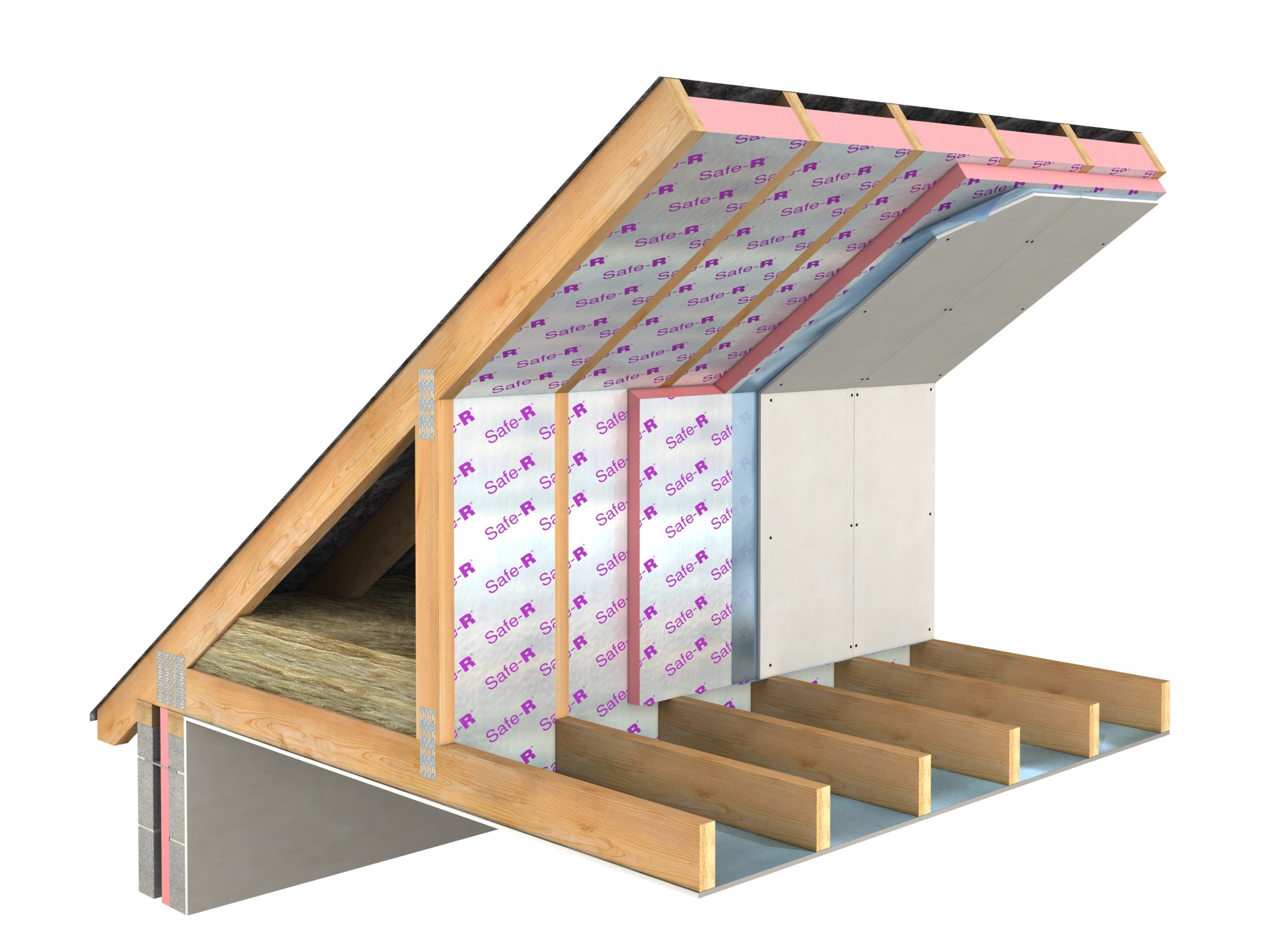When it comes to insulation materials, styrofoam has gained popularity due to its lightweight and affordable nature. However, beneath its seemingly advantageous properties lies a deeper truth. In this article, we will delve into the reasons why styrofoam is not a good insulator, exploring its limitations and drawbacks from a scientific perspective.
- Thermal Conductivity:
Styrofoam, also known as expanded polystyrene (EPS), is composed of 98% air and 2% polystyrene. While the trapped air pockets contribute to its insulating properties, the thermal conductivity of polystyrene itself is relatively high. This means that heat can easily transfer through the material, reducing its effectiveness as an insulator. Compared to other insulation materials like fiberglass or cellulose, styrofoam falls short in terms of thermal resistance. - Moisture Absorption:
One of the major drawbacks of styrofoam is its susceptibility to moisture absorption. Over time, the material can absorb water vapor, leading to a decrease in its insulating capabilities. Moisture not only increases the thermal conductivity of styrofoam but also promotes the growth of mold and mildew, compromising indoor air quality. This limitation makes styrofoam unsuitable for applications in humid environments or areas prone to water exposure. - Environmental Impact:
Beyond its insulating inefficiency, styrofoam poses significant environmental concerns. The production process of polystyrene involves the use of non-renewable fossil fuels, contributing to carbon emissions and climate change. Additionally, styrofoam is non-biodegradable and can persist in the environment for hundreds of years, polluting landfills and oceans. Its disposal often requires specialized recycling facilities, which are not widely available. Considering the growing emphasis on sustainability, styrofoam's environmental impact further diminishes its appeal as an insulation material. - Fire Hazard:
Styrofoam is highly flammable and releases toxic gases when ignited. In the event of a fire, the material can contribute to the rapid spread of flames and the release of hazardous fumes, posing a threat to both property and human safety. This fire hazard characteristic limits the use of styrofoam in certain applications where fire resistance is crucial, such as in building construction.
Conclusion:
While styrofoam may offer initial cost advantages and lightweight properties, its limitations as an insulator cannot be ignored. The high thermal conductivity, moisture absorption, environmental impact, and fire hazard make it an inferior choice compared to other insulation materials available in the market. When considering insulation options, it is essential to prioritize efficiency, sustainability, and safety, ultimately opting for alternatives that provide superior performance without compromising on these crucial factors.

